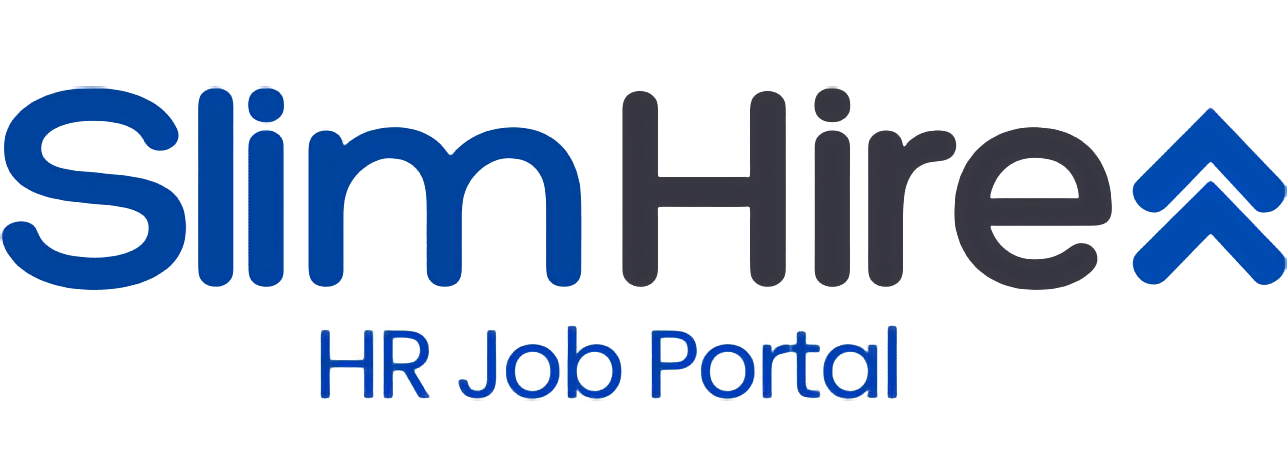How to Create a Practical Internal Talent Pipeline Without Fancy Systems
You don’t need expensive platforms or overly complicated frameworks to start building an internal talent pipeline. In fact, most companies already have the data and people—they just lack visibility and a process. This guide shows how to build a low-tech, high-impact internal talent pipeline using simple tools and practical steps.
1. Define What ‘Pipeline’ Means for Your Business
Before jumping to Excel trackers or charts, clarify:
- Which roles are business-critical?
- What are the repeatable or hard-to-fill positions?
- Which departments always have succession gaps?
Start with no more than 5–10 priority roles. Focus is what makes it work.
2. Use a Simple 3-Box Assessment Method
For each employee in the scope, assess:
- Performance (results, reliability)
- Potential (learning agility, leadership behavior)
- Readiness (can step in now, in 1 year, or needs more time)
Mark them in a 3-color tracker:
- Green: Ready now or within 6 months
- Yellow: Ready in 1–2 years
- Red: Not ready or not aligned
This replaces fancy talent review systems, while giving strong directional clarity.
3. Match Names to Roles – Not Just to Levels
Many pipelines fail because they’re built generically by “level” (e.g., Supervisor, Manager, VP). But real succession means:
- X could take over Y’s role in 6 months
- Z could take over this project lead function next year
Be role-specific, not rank-focused.
4. Start With a Manual Tracker—Excel Is Enough
Your starter pipeline tracker should include:
- Key roles (columns)
- Successor names (cells)
- Readiness level (color-coded)
- Development action notes (brief)
One well-maintained tracker is better than an unused system.
5. Run 1:1 Pipeline Reviews Every 6 Months
Don’t make it a “once a year” PowerPoint ritual. Instead:
- Schedule pipeline reviews with each Department Head
- Update who’s still valid, who left, who’s emerging
- Check if development actions are progressing
The pipeline should be a living, evolving tool.
6. Use Projects, Acting Assignments, and Rotations to Build Readiness
You don’t always need training budgets to develop people in the pipeline. Use:
- Acting roles when someone is on leave
- Project ownership across teams
- Peer mentoring assignments
- Exposure to different business units
These experiences build readiness faster than any workshop.
Final Thoughts
Internal pipeline success is not about glossy dashboards—it’s about decision-readiness. If your CEO or Department Head resigns tomorrow, can you confidently suggest 2–3 internal names? If yes, your pipeline is working. If not, start building today—with what you already have.
